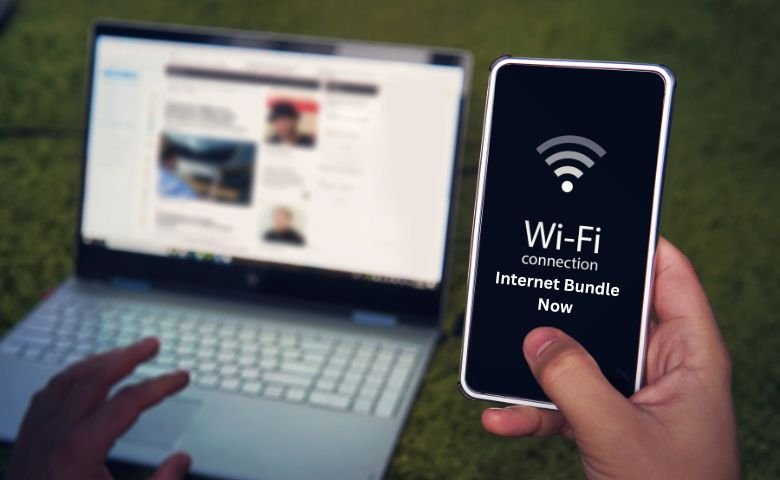- TV
How to Get Premium Channels with Your Cable TV Bundle?
Access to exclusive entertainment content is a priority for many viewers seeking a richer television experience. Premium chan...
Explore More
Keeping in touch is crucial in the modern world for both work and play. WiFi is available almost everywhere. On the other hand, WiFi may be unavailable for some periods. Even in areas without WiFi, mobile phones may establish Internet connections.
In situations when WiFi is not accessible, mobile data services might be a lifesaver. Cellular network operators offer these plans and enable you to use your smartphone's mobile connection to access the Internet. Various data plans are available for the customer to choose from, taking into account their consumption and financial needs. In any area with cellphone service, they will be able to use this to access the Internet.
The Internet may be accessed using mobile phones through cellular networks, which include 4G and 5G. Urban and rural regions are both covered by them. Even in areas without WiFi, users will still be able to access the Internet. Technical improvements have greatly enhanced the dependability and speed of newer generations of cellular networks.
Even without built-in WiFi, tethering allows smart gadgets to access the web. Through Bluetooth, USB, or WiFi, this feature enables users to link their phones to other devices like tablets or computers. Through the practice of tethering, users are able to use their mobile data to establish simultaneous connections to several devices.
You may find free WiFi in a lot of public places, including libraries, airports, and coffee shops. Connecting to the Internet using these public WiFi hotspots eliminates the need for mobile data. Public WiFi networks may not always have security measures in place, so it's wise to exercise caution while connecting to them.
Multiple devices may connect to the Internet at the same time via mobile hotspots. Using cellphone data, these tiny portable devices can set up a WiFi network. By connecting additional devices to a smartphone's WiFi network, the device may function as a mobile hotspot. The use of mobile hotspots greatly enhances the convenience of travelling or working from a distant place.
If you're in an area without cell phone service, you may still connect your smartphone to the Internet using satellite. Internet service providers in more rural places may connect to the web by satellite by sending signals into orbit. When compared to terrestrial connections, satellite internet is more sluggish and has more latency. On the other hand, places that would not normally have access to the Internet may now do so, thanks to satellite internet.
When users' access to the Internet is spotty, they may still make do using data-saving features on their smartphones. Some examples of this behaviour include limiting the amount of data that programs and browsers may save, disabling background data, and employing data-conserving modes. Data conservation and the avoidance of unexpected costs might help users get more use out of their data plans.
In every given scenario, users may access the Internet via any one of a number of available connection types. Both dependability and adaptability will be enhanced. Converging mobile data with public WiFi and tethering might be feasible, given the availability of the network. Users may maintain a connection with hybrid connectivity, even in areas without WiFi.
Even without WiFi, there are plenty of ways to access the Internet with a smartphone. Whether using cellular networks or mobile data plans, users may stay connected and productive no matter where they are. Smartphone owners who are familiar with and make use of these features will never have to worry about losing connection to the Internet.
Latest insights, tips, and updates from our experts.
Admin
How Can Smartphones Without Wi-Fi Access Connect To The Internet